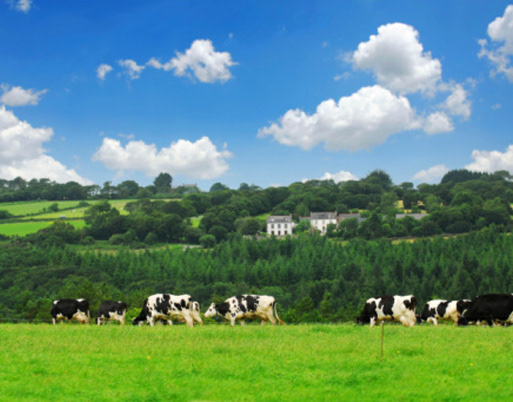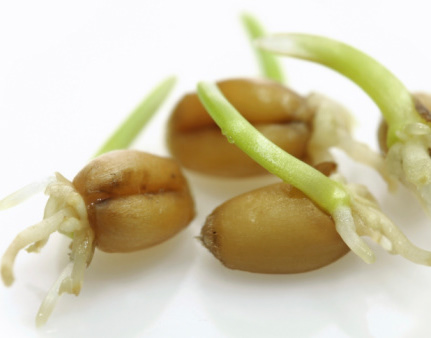Examining issues of Fair Trade, nutritional content, and what's old is new in the superfruit and grains market.
--
Once touted as merely a fad, or a blip on the global health radar, exotic fruits and grains have settled into being permanent fixtures in the natural products industry. While old standards like pomegranate and açaí have remained strong, even more unique and exciting ingredients from around the world continue to make their debuts in the American market.
Confirming this trend is market research firm Mintel, which predicts cupuaçu (Amazon region) will be the “next big superfruit” this year (1), while Sensient Flavors picks caja fruit (Brazil) and marula (South Africa) as two of its top 10 beverage flavor trends for 2010 (2).
Pete McMullin, vice president at Sibu Beauty, Midvale, UT, confirms, “Superfruits are definitely not a passing fad. It seems to me that has already been shown by the continued popularity, growth and incorporation of mass-market products. There will be many new products, raw materials, delivery methods, etc. in this category. In fact, superfruits already have expanded in growth into different categories such as beauty and personal care.”
Similarly, many exotic grains, also known as ancient or heritage grains, continue to make an impact on American consumers because of their versatility and health benefits. For example, Sandra Gillot, general manager of Functional Products Trading, S.A., Santiago, Chile, says, “Chia seed has over 3,500 years of history and tradition. In pre-Colombian ages, it was one of the core staples of Aztecs, and was used not only as food, but also as an offering to the gods. Furthermore, it was used as medicine due to the quality of its nutrients and the remarkable physical fortitude derived from it.”
Experts agree: exotic superfoods are “here to stay.”
Exotics: Rare, but Are They Fair?
The health benefits of many exotic fruits, superfruits, and grains are astounding, not to mention the allure of trying something new from a far away land. Chris Herbert, working in sales and education for North American Herb and Spice, Buffalo Grove, IL, says, “The countries and remote regions from where we harvest our ingredients have nutrient-rich soils free of all chemicals, fertilizers and other toxic materials,” which certainly adds to their appeal. However, there still exist ethical concerns about the global reach of Americans’ desires to attain these ingredients and products.
Focusing on fair trade. The effect on the people and places from where these foods are sourced has raised much debate. Cultural sensitivities and differences can certainly present challenges for both companies and host regions. James Gibbons, president of Nature’s Plus, Melville, NY, says, “Each country and each material has its own unique set of potential fair trade problems. Whether it is labor issues surrounding the harvest of cocoa, sustainability issues surrounding the harvest of African pygeum or environmental issues surrounding the collection of coral calcium, each situation must be investigated and resolved. Resolving an issue may require that the supplier obtain fair trade certification.”
For many companies, the effect of their presence in foreign regions is something they care about very deeply. Stefan Wypyszyk and Brad Miller of Madera, CA-based Stiebs say, “We strive to have an intimate knowledge of both the fruit and the geographical regions they come from. It’s just as important to understand the impact to the regional environment and economy, as it is to understand the science behind the product. In most cases, a true win–win situation can be found.”
And often, companies’ efforts do not go unnoticed by local authorities...










